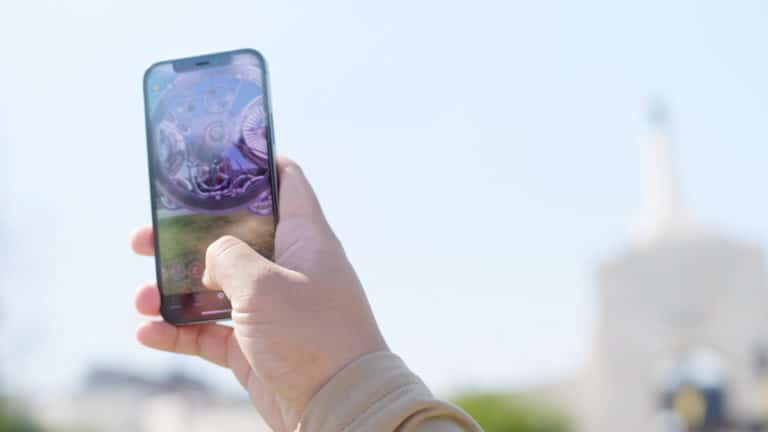
Industry rhetoric about AR’s world-changing status sometimes outweighs evidence that it’s captivating consumers today. Though we see some signals, such as lens engagement figures from social AR players, we’re often flying blind when it comes to consumer AR sentiment.
Looking to fill that gap, AR Insider’s research arm ARtillery Intelligence has completed Wave 8 of its annual consumer survey report. Working with consumer survey specialist Thrive Analytics, it wrote questions to be fielded to 52,000+ U.S. adults and produced a report based on the results.
Among the topics: How is mobile AR resonating with everyday consumers? How often are they using it? How satisfied are they? What types of experiences do they like most? How much are they willing to pay for it? And for those who aren’t interested in mobile AR….why not?
After the last installment of this series looked at mobile AR’s overall penetration and usage frequency, we now move on to another area of the survey: satisfaction. How are consumers liking mobile AR experiences overall? And what types of experiences do they like most?
Captivating Consumers
One signal for mobile AR health is user satisfaction. 56 percent of survey respondents report satisfaction, including “satisfied” (30 percent) or “very satisfied” (26 percent). 27 percent are neutral and 17 percent report they’re dissatisfied (9 percent) or very dissatisfied (8 percent).
These mostly positive results say a few things. AR’s visually-rich and immersive format is captivating consumers. This is largely due to its revolutionary – rather than evolutionary – interface when compared with non-immersive mobile app experiences that have become routine.
But the news isn’t all good as there’s some negative movement. Specifically, “satisfied” ratings were down 8 points from last year, while “very satisfied” ratings were down 5 points. These declines correspond to growth in dissatisfied (+5 points) and neutral (+7 points) ratings.
The growth in neutral sentiments could be a sign that AR is maturing. It’s not as new and novel as it used to be, which gives it less of a wow factor. However, the good news is that it’s becoming more established as overall penetration gradually grows, as shown elsewhere in the survey.
Cross Reference
Staying with the topic of satisfaction, we can gain additional dimension by drilling down into the AR experiences that are driving the greatest satisfaction. To do this, we cross-referenced the above satisfaction scores with the mobile AR experiences that respondents reported using.
If we combine “satisfied” and “very-satisfied” ratings into one satisfaction score, the top-rated activity at 72 percent is social AR. That’s followed by educational AR (70 percent), in-home product visualization (55 percent), games (52 percent), and product visualization (50 percent).
The top-rated mobile AR activity, social interaction, isn’t surprising. This includes Snapchat Lenses and Instagram filters. It’s the most prevalent mobile AR format, thanks to the investments made by the likes of Snap – which was the most popular social AR channel in this survey.
Another popular category is AR shopping. This taps into AR’s ability to visualize products in 3D, which can boost consumer confidence in eCommerce, and make them more informed shoppers. Brands and eCommerce players like it too, as it has proved to boost their conversion rates.
We’ll pause there and pick things up in the next installment with more consumer survey results and insights…
